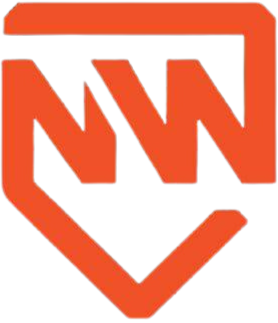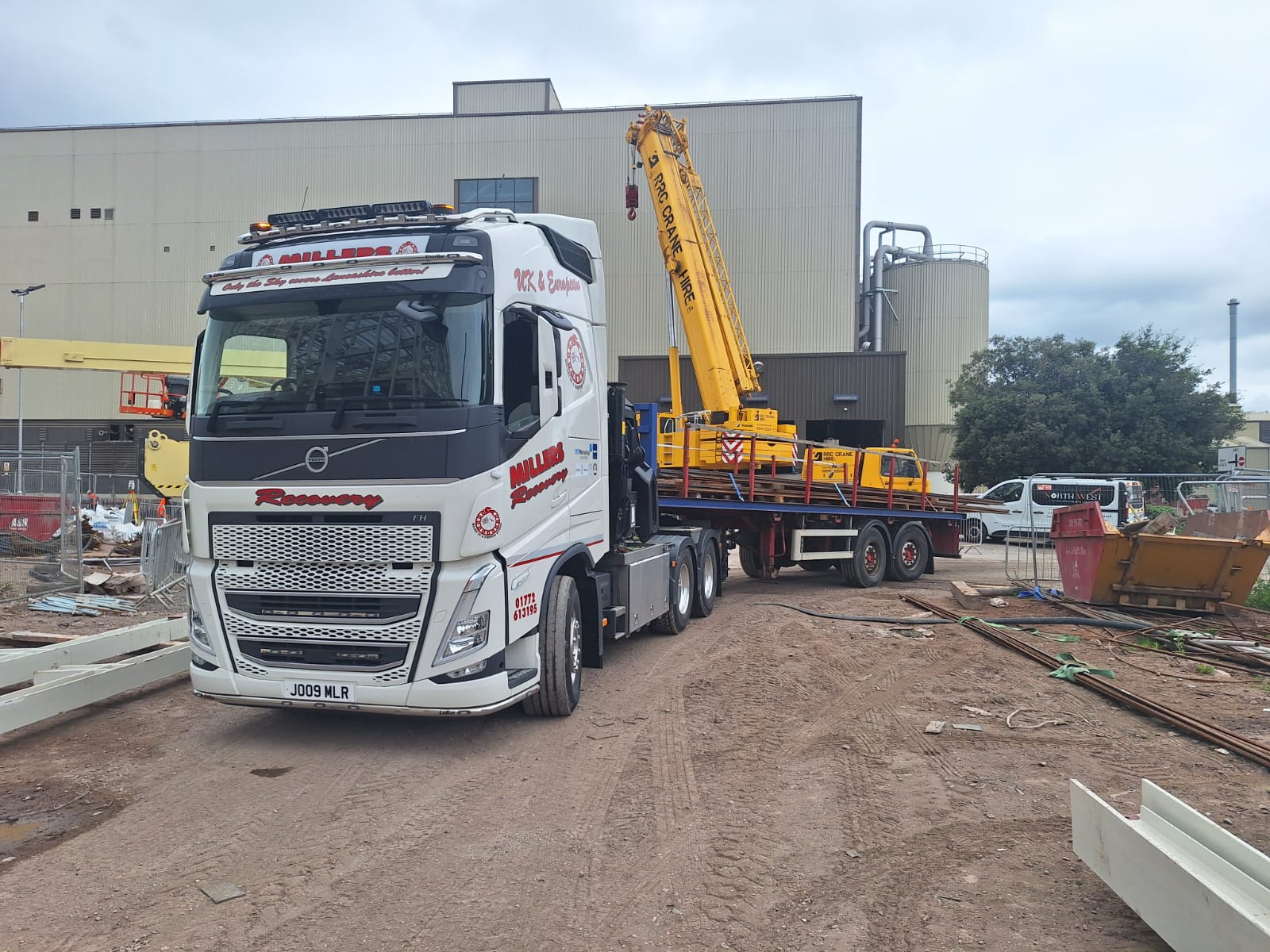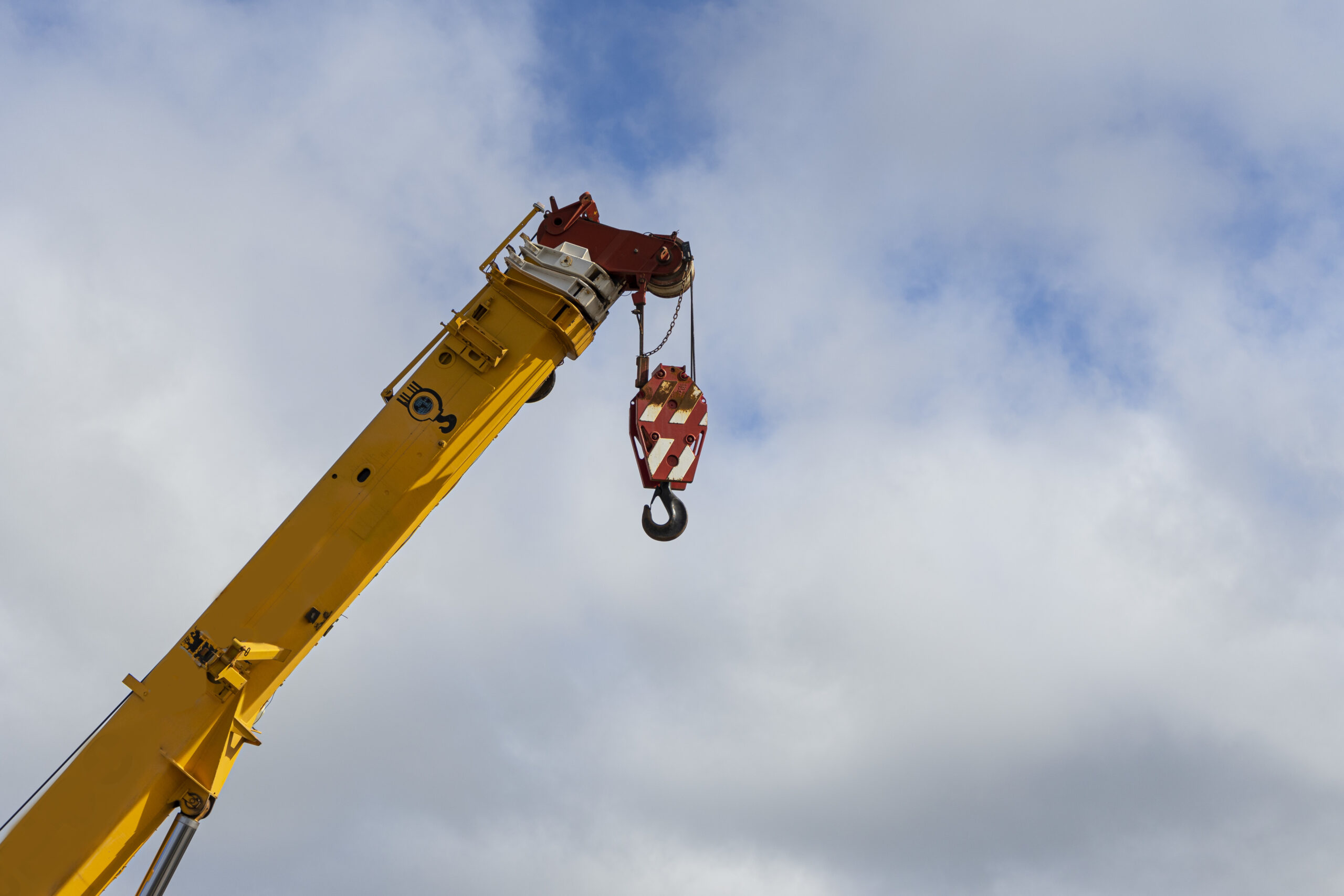Understanding Rail Infrastructure Lifting Operations
Rail infrastructure lifting operations are essential for maintaining and upgrading railways, ensuring safe and efficient transport systems. These operations involve lifting and moving heavy equipment, track sections, or even entire bridges to support the construction, repair, or improvement of rail networks. However, executing these tasks successfully is not without its challenges.
From working in confined spaces to managing heavy loads with precision, rail infrastructure lifting operations require careful planning, specialised equipment, and skilled professionals. Safety is a top priority, especially when working near active rail lines or electrified tracks. Additionally, minimising disruption to rail services during these operations is often a complex balancing act.
In this article, we’ll explore the common challenges faced in rail infrastructure lifting operations and provide practical solutions to overcome them. Whether it’s addressing access limitations, ensuring safety in high-risk environments, or managing the complexities of heavy loads, each step demands meticulous attention to detail. We’ll also discuss how collaboration with rail authorities and adopting advanced technology can make these operations more efficient.
By understanding these challenges and the strategies used to address them, you’ll gain valuable insights into the expertise required to complete rail infrastructure lifting projects successfully. With the right planning and support, these operations can be completed safely, efficiently, and with minimal disruption to rail services.
Challenge 1: Limited Access and Tight Spaces
One of the most common challenges in rail infrastructure lifting operations is working within limited access and tight spaces. Railway environments often present confined areas, including narrow tracks, tunnels, or bridges, which can complicate lifting tasks and require innovative solutions to overcome.
1. Difficulties in Confined Areas
Railway projects often have restricted workspaces, where heavy machinery and large loads must fit into narrow or obstructed spaces. This can make it challenging to position cranes or other lifting equipment, especially in urban areas or near existing infrastructure. Tight clearances can also increase the risk of damaging nearby structures, making precision a critical requirement.
2. Importance of Specialised Equipment
To address these challenges, specialists use equipment designed for confined spaces:
Compact Cranes: These smaller, highly manoeuvrable cranes are ideal for tight areas. For example, crawler cranes can operate on narrow tracks while maintaining stability.
Portable Lifting Systems: Gantry systems and hydraulic jacks can be deployed in confined spaces where larger equipment is impractical.
Customised Rigging Solutions: Specially designed rigging systems ensure that loads are lifted securely and efficiently, even in restricted areas.
3. Detailed Planning for Precision
Planning is key to ensuring successful operations in tight spaces. Specialists conduct thorough site surveys to identify access points and potential obstacles. Using CAD lift plans, they can visualise the operation and make adjustments to avoid risks. This ensures the equipment and load are positioned with pinpoint accuracy.
4. Skilled Team Coordination
In confined environments, effective communication and teamwork are essential. Lift operators, riggers, and supervisors must work closely together to ensure smooth execution. Clear hand signals or radio communication help prevent misunderstandings during the lift.
5. Overcoming Challenges with Expertise
Experience is invaluable when handling lifting operations in tight spaces. Specialists with a proven track record in rail infrastructure projects understand how to adapt to these challenges, ensuring safety and efficiency.
By combining the right equipment, detailed planning, and skilled professionals, rail infrastructure lifting operations can be successfully completed, even in the most confined spaces.
Challenge 2: Ensuring Safety In High-Risk Environments
Safety is a critical consideration in rail infrastructure lifting operations, particularly when working in high-risk environments such as near active rail lines, electrified tracks, or in adverse weather conditions. These environments demand stringent safety protocols to protect workers, equipment, and the rail network itself.
1. Risks in High-Risk Environments
Rail environments pose several hazards that specialists must address:
Active Rail Lines: Operating near live tracks increases the risk of accidents involving trains or equipment.
Electrified Systems: Overhead power lines and electrified rails create additional safety challenges that require careful planning and awareness.
Weather Conditions: High winds, rain, or icy surfaces can affect equipment stability and visibility during lifting operations.
2. Safety Measures to Mitigate Risks
Specialists implement a range of safety measures to minimise risks in high-risk environments:
Track Isolation: For operations near active lines, isolating the track from rail traffic ensures a safe working area.
Protective Barriers: Barriers and fencing are used to shield workers and equipment from live tracks or nearby moving trains.
Weather Monitoring: Continuous monitoring of weather conditions helps teams make informed decisions about proceeding with or delaying a lift.
3. Compliance with Safety Standards
Rail infrastructure lifting operations must adhere to strict safety regulations, including:
LOLER (Lifting Operations and Lifting Equipment Regulations): Ensuring all lifting equipment is certified and used correctly.
PUWER (Provision and Use of Work Equipment Regulations): Guaranteeing equipment is safe and maintained.
RAIB (Rail Accident Investigation Branch) Guidelines: Following best practices for working on or near railways.
4. Importance of Skilled Teams
A skilled team is essential for maintaining safety. Specialists undergo extensive training to operate cranes, rigging, and other equipment safely in rail environments. Supervisors oversee the process to ensure every team member adheres to safety protocols.
5. Emergency Preparedness
Specialists prepare for unexpected situations with contingency plans that include procedures for equipment failure, sudden weather changes, or other emergencies. Quick action can prevent accidents and minimise disruptions.
By prioritising safety and adhering to regulations, rail infrastructure lifting operations can be conducted efficiently without compromising the well-being of workers or the integrity of the railway network.



